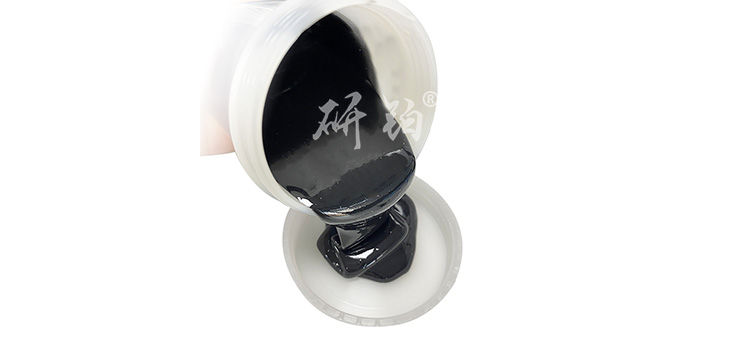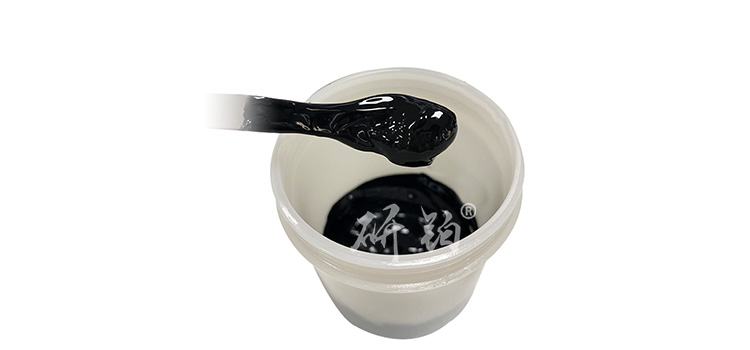

Hotline:0755-22277778
Tel:0755-22277778
Mobile:13826586185(Mr.Duan)
Fax:0755-22277776
E-mail:duanlian@xianjinyuan.cn
Low temperature drying type square resistance pasteIt is a type of resistive material mainly used to manufacture coils and resistors in electronic devices. The main component of this resistor slurry is synthetic graphite, which is added with materials such as coal tar pitch and resin with low expansion coefficient, as well as some conductive fillers and thickeners.
The manufacturing process of low-temperature drying type square resistance paste includes steps such as mixing, grinding, and drying. Among them, mixing refers to mixing various components together. Grinding can make the material particles finer, while drying can make the material denser and more uniform.
Compared to traditionalEpoxy resin slurryLow temperature drying type square resistance paste has higher temperature stability and drying performance, can be dried at lower temperatures, and can maintain higher resistance values and stability after drying. In addition, low-temperature drying type square resistance paste also has better chemical stability and oxidation resistance, and can be used in high temperature and high humidity environments without being affected.
Low temperature drying typeSquare resistor pasteWidely used in fields such as electronic devices, motors, electrical appliances, and aerospace, it has high resistance value, stability, and chemical stability, which can meet the requirements of resistors in these fields. Meanwhile, the production cost of this resistor paste is relatively low, making it suitable for use in industrial scale production.


Precautions for using low-temperature drying type square resistance paste:
Control of drying temperature: The level of drying temperature will directly affect the performance of the product. Generally speaking, while ensuring product requirements, the drying temperature can be raised as much as possible to improve pulse efficiency, but the temperature should not be too high to prevent certain substances from undergoing denaturation.
Time control: The length of drying time also directly affects the performance of the product. Generally speaking, while ensuring product requirements, the drying time can be shortened as much as possible to improve pulse efficiency, but it cannot be too short to avoid a long production cycle that is not conducive to industrial production.
Selection of soldering flux: The choice of soldering flux should be determined based on the material of the solder wire, the packaging form, and the size of the solder pad. In production, matching soldering flux should be selected as much as possible to ensure good soldering effect.
Control of panel temperature: The panel temperature also directly affects the performance of the product. Generally speaking, while ensuring product requirements, the board temperature can be raised as much as possible to improve pulse efficiency, but the temperature should not be too high to avoid burning out components.
Drying intensity: In production, the optimal value can be explored by changing the drying intensity to achieve the required drying effect of the product.


Advanced Institute (Shenzhen) Technology Co., Ltd, © two thousand and twenty-onewww.avanzado.cn. All rights reservedGuangdong ICP No. 2021051947-1 © two thousand and twenty-onewww.xianjinyuan.cn. All rights reservedGuangdong ICP No. 2021051947-2